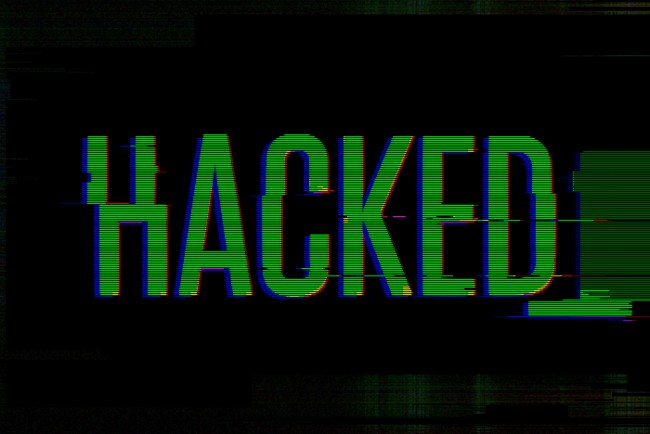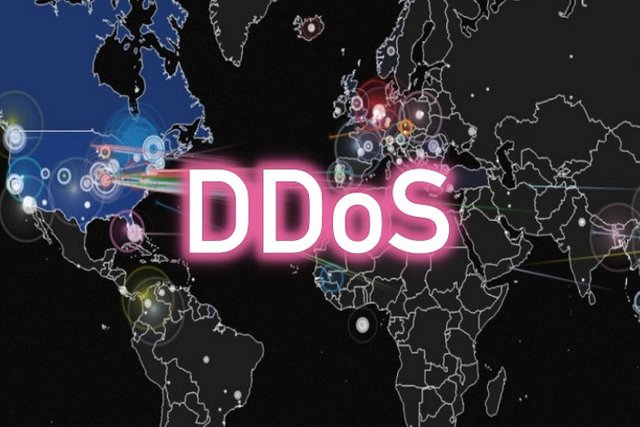Github Attacked by Largest DDoS Throughout History / Github Diserang DDoS Terbesar Sepanjang Sejarah
How are All Steemian Friends
Before reading
Come cultivate Follow, Upvote, and Resteem This account .. @gadgettech
This Account may provide information on future IT developments ..
Happy reading..
Regard Tech ..
Apa kabar Sahabat Steemian Semua..
Sebelum membaca
Ayo budidayakan Follow, Upvote, dan Resteem Akun ini .. @gadgettech
Supaya Akun ini dapat memberikan informasi seputar Perkembangan IT selanjutnya ..
Selamat Membaca..
Salam Technology..

The site of Github software developers has just experienced the greatest Distributed Denial of Service (DDoS) attack in history. As revealed in his blog Github, the attack occurred Wednesday, February 28 yesterday with the peak of attacks reached 1.3 Tbps (terrabits per second). In comparison, a previous record occurred when the US DNS service provider, DIN, was attacked by DDoS 1.2 Tbps seconds in September 2016.
Situs pengembang software Github baru saja mengalami serangan Distributed Denial of Service (DDoS) terbesar sepanjang sejarah. Seperti diungkapkan Github dalam blog-nya, serangan terjadi Rabu, 28 Februari kemarin dengan puncak serangan mencapai 1,3 Tbps (terrabits per detik). Sebagai perbandingan, rekor sebelumnya terjadi saat penyedia layanan DNS AS, DIN, diserang DDoS 1,2 Tbps detik pada September 2016.
Just to remind, DDoS is an attack by bombarding a site with an incredible amount of demand. The goal is that the site server is not able to handle the request and eventually failed to work alias down.
Sekadar mengingatkan, DDoS adalah serangan dengan cara memborbardir sebuah situs dengan permintaan dalam jumlah luar biasa. Tujuannya agar server situs tersebut tidak mampu menangani permintaan tersebut dan akhirnya gagal berfungsi alias down.
DDoS attack itself makes Github had down for ten minutes. But the situation was quickly controlled after Github asked for Akamai's help. Akamai itself has a service that helps site managers in warding off DDoS attacks. "Our system actually has the capacity to muffle five times more attacks. But frankly, we were worried because never had an attack of this magnitude before "said Josh Saul, VP Akamai.
Serangan DDoS ini sendiri membuat Github sempat down selama sepuluh menit. Namun situasi cepat dikendalikan setelah Github meminta bantuan Akamai. Akamai sendiri memiliki layanan yang membantu pengelola situs dalam menangkal serangan DDoS. “Sistem kami sebenarnya memiliki kapasitas untuk meredam serangan lima kali lebih besar. Namun sejujurnya, kami sempat khawatir karena tidak pernah mengalami serangan sebesar ini sebelumnya” ungkap Josh Saul, VP Akamai.
Realizing his DDoS attack failed, Github's attacker stopped the attack. Github's success in handling the massive attack quickly deserves appreciation. In the DIN case, service was interrupted for up to 8 hours.
Menyadari serangan DDoS-nya gagal, penyerang Github pun menghentikan serangan. Keberhasilan Github menangani serangan semasif itu dengan cepat layak mendapat apresiasi. Pada kasus DIN, layanan sempat terganggu sampai 8 jam.
Interestingly, the attack on Github does not utilize the botnet as in the case of DIN. This attack uses memcached, a database caching system that improves site speed. But this memcached can be deceived to bombard the site itself.
Yang menarik, serangan ke Github ini tidak memanfaatkan botnet seperti pada kasus DIN. Serangan kali ini memanfaatkan memcached, sebuah database caching system yang berfungsi meningkatkan kecepatan situs. Namun memcached ini ternyata bisa diperdaya untuk membombardir situs itu sendiri.
To perform this attack, hackers trick memcached by sending instructions using fake IPs belonging to the victim server. This instruction is also designed to memcached sending back instructions with a much larger multiple (even 50 times as much). Memcached, which was not designed to detect such peculiarities, ultimately sends back the instruction in larger quantities that it actually does the DDoS against the server.
Untuk melakukan serangan ini, hacker memperdaya memcached dengan mengirim instruksi menggunakan IP palsu milik server korban. Instruksi ini pun dirancang agar memcached mengirim balik instruksi dengan kelipatan yang jauh lebih besar (bahkan bisa mencapai 50 kali lipat). Memcached, yang memang tidak dirancang untuk mendeteksi keanehan seperti ini, akhirnya mengirim balik instruksi tersebut dalam jumlah lebih besar yang justru melakukan DDoS terhadap server.
The attack using memcached is not the first, but the trend is increasing. Therefore, it is important for companies that use memcached to provide tighter protection, such as moving a memcached server behind a firewall. Internet provider companies are also expected to add protection in order to detect when memcached behaves suspiciously.
Serangan mengunakan memcached ini bukan yang pertama terjadi, namun kecenderungannya memang semakin meningkat. Karena itulah, penting bagi perusahaan yang memanfaatkan memcached untuk memberikan perlindungan lebih ketat, seperti memindahkan memcached server di belakang firewall. Perusahaan penyedia internet diharapkan juga bisa menambahkan perlindungan agar bisa mendeteksi ketika memcached bertingkah mencurigakan.
Salam Technology






👍the post
Thankyou 😊